Tokyu 300 series
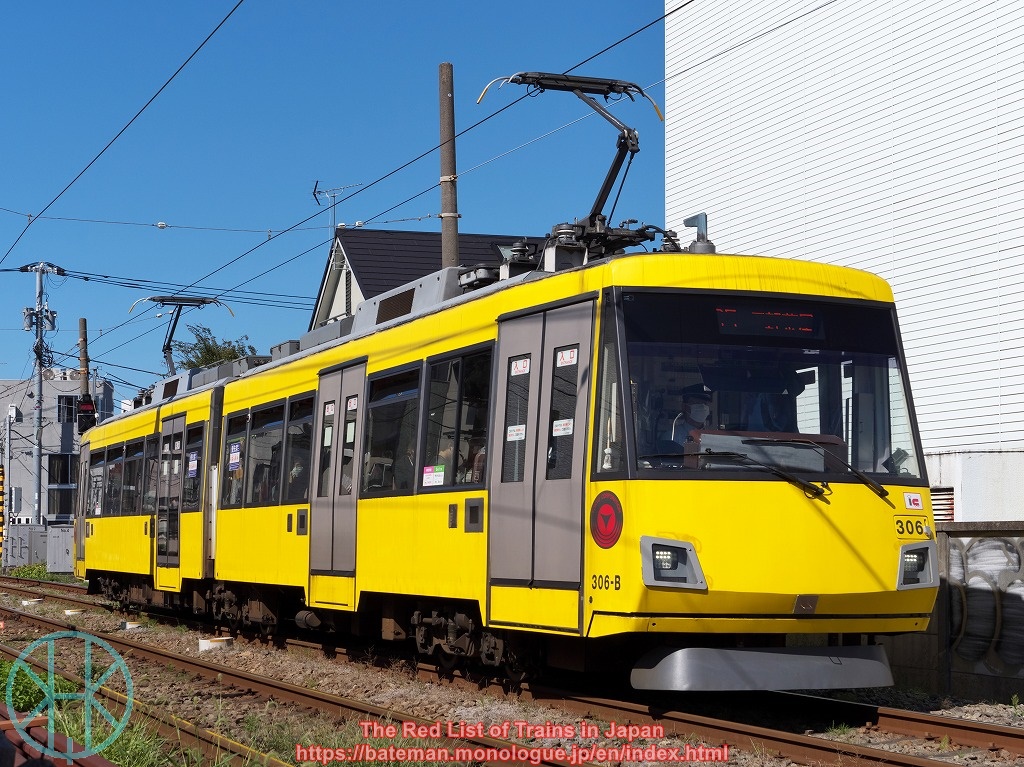
Data (as of 7 Jun 2025)
| Status: | Least Concern |
| Constructed in: | 1999-2001 |
| Number built: | 20 |
| Registered: | 20 |
History
The 300 series is the only rolling stock used on Setagaya Line, a 5-km-long (or 3.1-miles-long) line in Setagaya City of Tokyo. The 1921 Act on Rail Tracks, the law that mostly regulates tram business, has been applied to the entire line so that it is sometimes regarded as a tram line in Japan. However, Setagaya Line is operated only on its own tracks so that it might be more appropriate to call it a light rail transit than a tramway.
The 300 series is formed of two coaches, and ten units were introduced in total. They replaced 70 series (in service: 1942-2000), 80 series (1950-2001) and 150 series (1964-2001). As a result, all Setagaya Line trains became accessible and environmentally friendly even with air conditioning.
Each unit is painted differently, and some of them have had their liveries changed. For example, the first unit is now so-called "Tamaden" livery, which is based on trams on Tokyu Tamagawa (completely different from that of today) and Kinuta Lines, which were permanently closed in 1969. The eighth unit is often called the cat train as shown further below.
Current Operations & Future Prospects
The 300 series is operated on Setagaya Line. Six out of ten units are in service at the daytime off-peak hours. Since the track gauge of Setagaya Line is different from other Tokyu lines, 300 series can never run outside Setagaya Line.
Photos
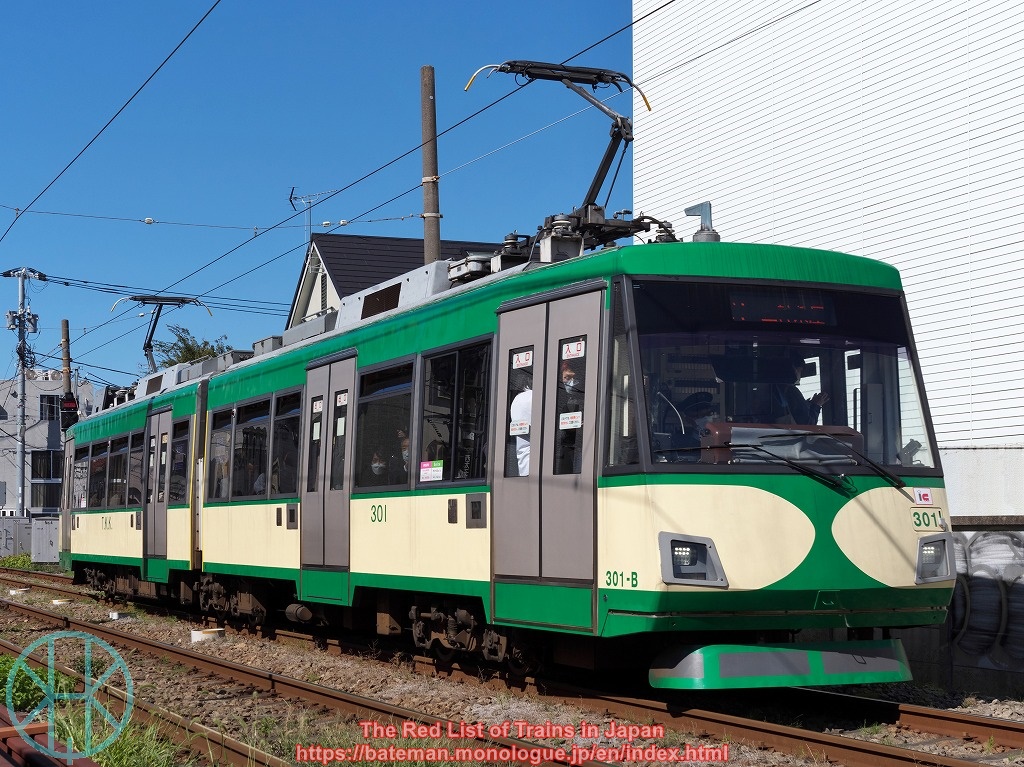
The "Tamaden" livery (the first unit). Local residents in their 60s or older might feel a bit nostalgic.
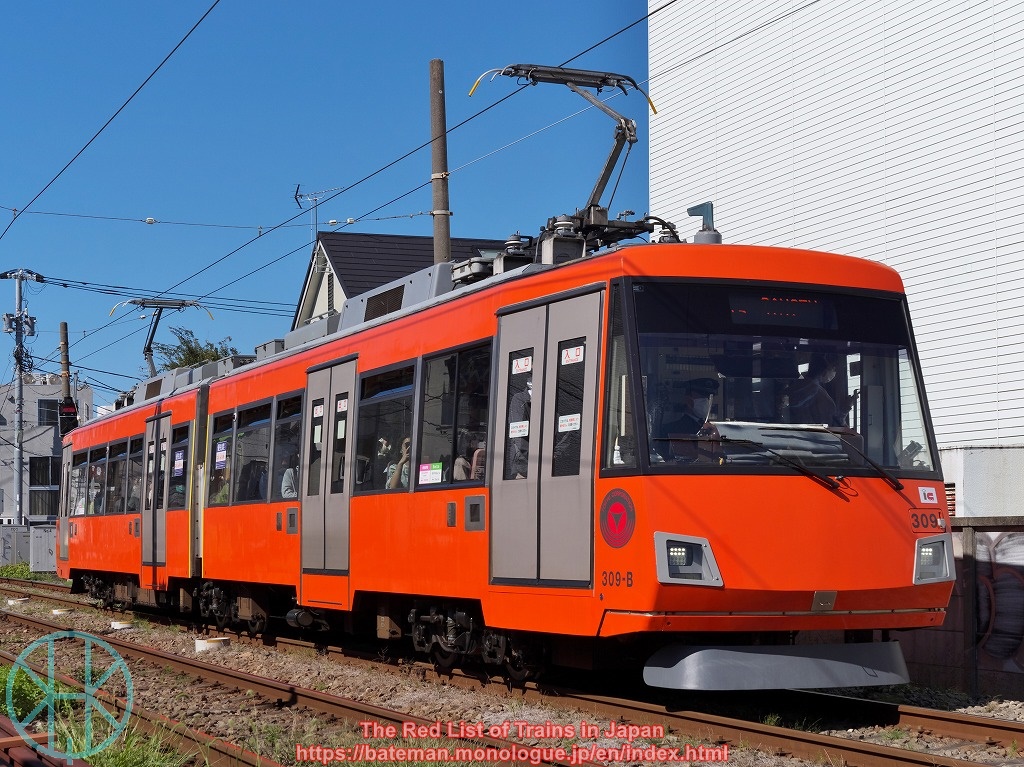
The nineth unit is painted "Burnt Orange", apparently vivid.
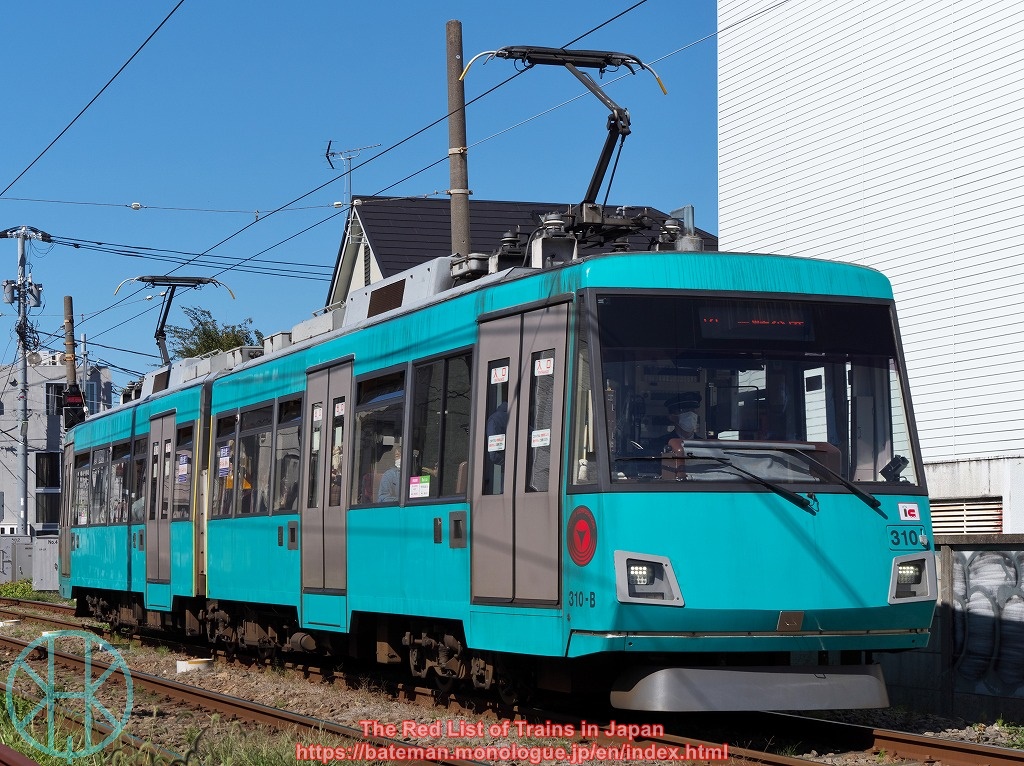
The tenth unit is painted "Turquoise Green". Three out of ten units have been painted green, the most common type of colour (though each of them is slightly different).
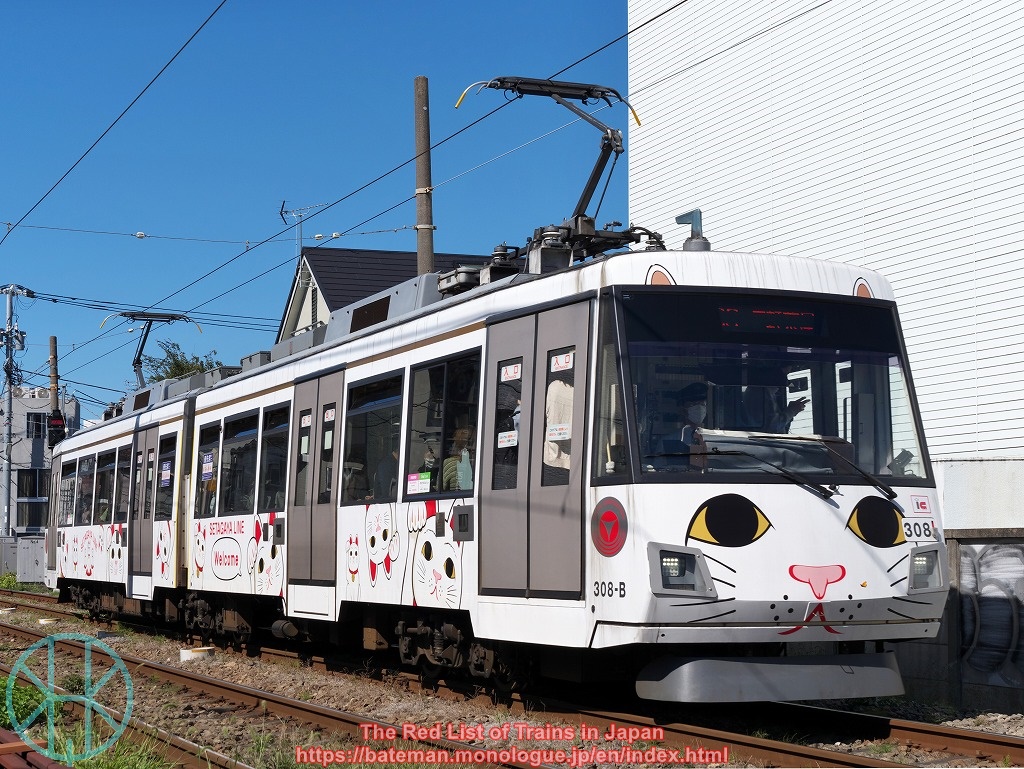
The cat train (the eighth unit). It is modelled after maneki-neko, a common Japanese figurine which is often believed to bring good luck to the business owner.
(Updated: 7 Jun 2025)
